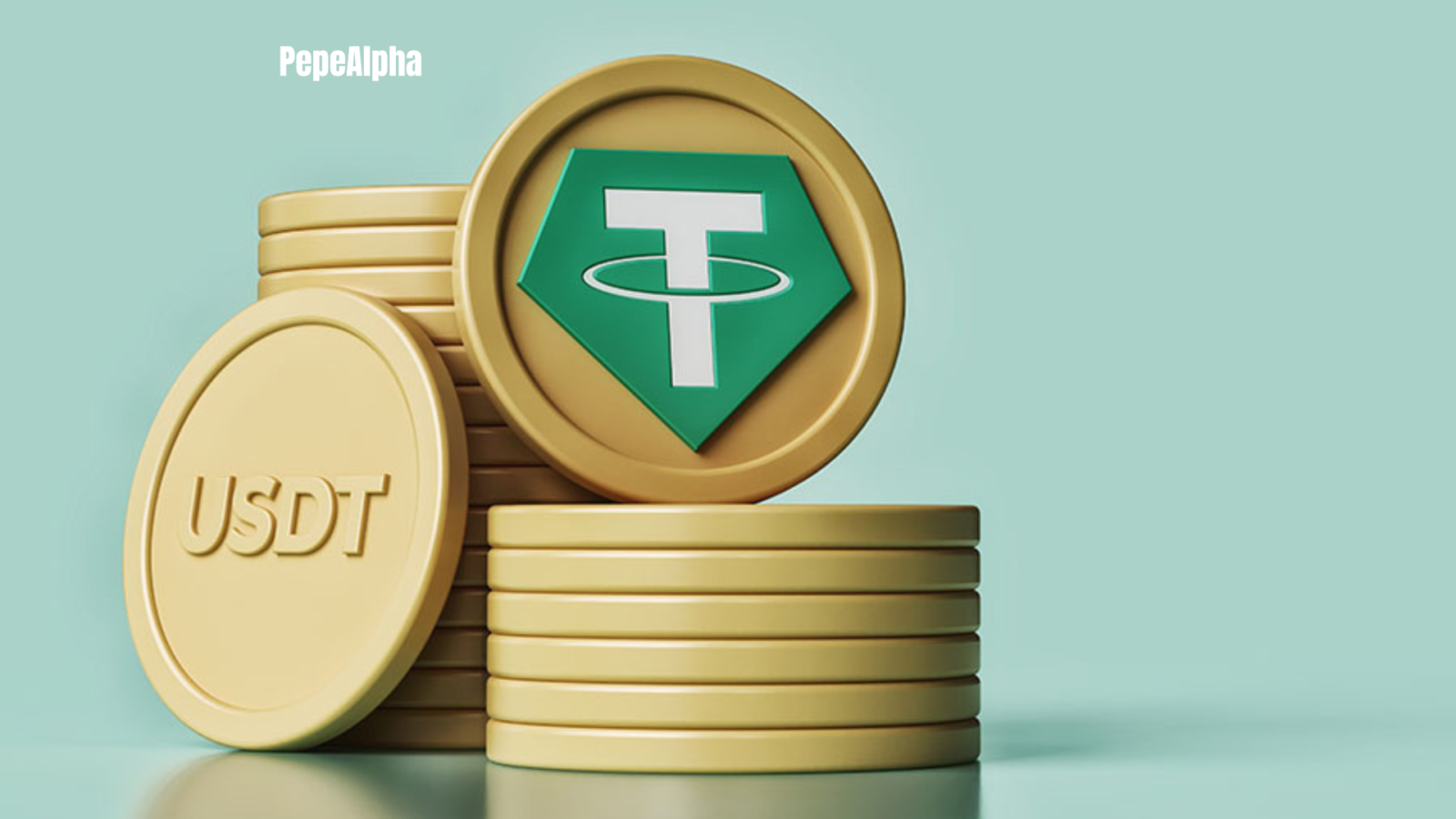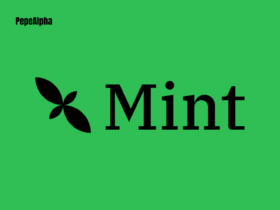Blockchain revolutionized value transfers by making them peer-to-peer and eliminating intermediaries. However, the volatility of many cryptocurrencies hinders their everyday use. Stablecoins bridge this gap, offering the benefits of blockchain technology with the stability of traditional currencies.
What are Stablecoins?
Stablecoins are digital assets pegged to the value of existing assets like fiat currencies, commodities, or even other cryptocurrencies. This peg provides stability, making them more suitable for everyday transactions. Different types of stablecoins exist, including:
- Fiat-backed: Tied to fiat currencies like USD or EUR.
- Crypto-backed: Backed by other cryptocurrencies like Bitcoin.
- Commodity-backed: Pegged to commodities like gold or silver.
- Algorithmic: Rely on algorithms to maintain the peg.
USDT: The Most Popular Stablecoin:
Tether (USDT) is the most popular stablecoin, pegged to the US dollar. It’s issued by Tether, a centralized entity, and widely available on various cryptocurrency exchanges, making it a preferred choice for traders and users.
Understanding How USDT Works:
USDT operates as a centralized stablecoin. Tether holds reserves, issues USDT tokens, and maintains the peg to the US dollar. This process involves:
- Accepting fiat deposits from users.
- Issuing USDT tokens (minus fees) to the provided blockchain address.
- Facilitating transactions using USDT.
- Redeeming USDT tokens for fiat currency upon user request.
Tether maintains a reserve of cash, cash equivalents, and other assets to ensure adequate backing for USDT and maintain its peg around $1.
Benefits and Challenges of USDT:
Despite its centralized nature, USDT offers benefits:
- Hedging against volatility: Protects against sharp fluctuations in other cryptocurrencies.
- Fast and secure peer-to-peer transfers: Enables efficient cross-border transactions.
- Enables participation in decentralized applications (dApps): Provides a stable medium for interacting with various blockchain applications.
However, USDT also faces challenges:
- Centralized control: Raises concerns about counterparty risk and potential manipulation.
- Transparency concerns: Past controversies regarding the composition and management of Tether’s reserves.
Tether’s Commitment to Transparency:
To address concerns, Tether implements measures like:
- Proof-of-Reserves: Provides insights into the composition of their reserves.
- Regular audits: Ensures the accuracy and integrity of their financial statements.
Accessing and Using USDT:
Users can access USDT through various channels:
- Centralized exchanges: Popular option offering ease of use but requiring custody surrender.
- Decentralized exchanges: Allow users to retain control of their private keys.
- Ledger Live: Enables users to buy, swap, and interact with USDT while maintaining custody using their Ledger hardware wallet.
Conclusion:
USDT remains a significant player in the cryptocurrency world, offering stability and utility for various users. While challenges exist, stablecoins like USDT continue to drive innovation and integration within the global financial ecosystem. Users should be aware of the risks associated with stablecoins and conduct thorough research before investing or utilizing them.
Links:
https://tether.to/en/
https://twitter.com/Tether_to/
https://www.linkedin.com/company/tether
https://www.reddit.com/r/Tether/
https://www.facebook.com/tether.to
https://t.me/OfficialTether
https://www.instagram.com/tether/















Leave a Reply